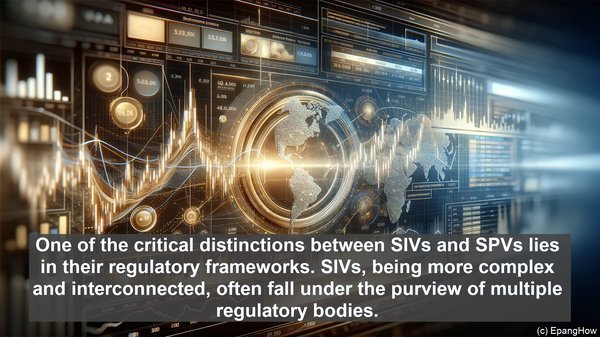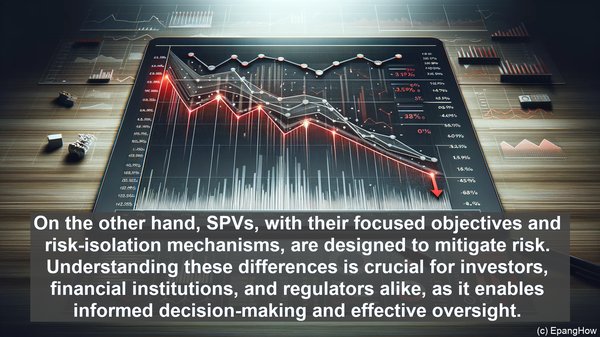Introduction: The World of Investment Vehicles
Before we dive into the intricacies of Structured Investment Vehicles (SIVs) and Special Purpose Vehicles (SPVs), let’s take a moment to understand the broader landscape of investment vehicles. In the realm of finance, various instruments exist to channel funds, manage risk, and facilitate transactions. From traditional stocks and bonds to more complex derivatives, these vehicles serve diverse purposes. Today, we’ll focus on two such instruments: SIVs and SPVs.

Structured Investment Vehicles (SIVs): A Multifaceted Approach
Structured Investment Vehicles, or SIVs, are entities created to pool capital from multiple investors. These vehicles are known for their flexibility and ability to invest in a wide range of assets, including mortgage-backed securities, collateralized debt obligations, and even derivatives. SIVs often employ leverage, meaning they borrow funds to amplify their investment potential. This leverage can lead to higher returns, but it also exposes SIVs to increased risk, especially during market downturns.
Special Purpose Vehicles (SPVs): Tailored for Specific Objectives
Unlike SIVs, Special Purpose Vehicles, or SPVs, are designed with a specific purpose in mind. These vehicles are typically created to isolate and manage risks associated with a particular project or investment. For instance, a company might establish an SPV to finance the construction of a new facility. By doing so, they can ring-fence the associated risks, ensuring they don’t permeate the company’s overall financial health. SPVs often have a limited lifespan, as they are dissolved once their objectives are fulfilled.
Risk Profiles: SIVs vs. SPVs
When it comes to risk, SIVs and SPVs exhibit contrasting profiles. SIVs, with their diversified portfolios and leverage, can be exposed to significant market risks. During times of financial stress, the value of their assets can plummet, potentially leading to insolvency. On the other hand, SPVs, with their narrower focus and risk-isolation mechanisms, are often designed to minimize risk. By segregating the risks associated with a specific project, SPVs can protect the broader organization from potential losses.
Regulatory Oversight: A Key Distinction
One of the critical distinctions between SIVs and SPVs lies in their regulatory frameworks. SIVs, being more complex and interconnected, often fall under the purview of multiple regulatory bodies. This oversight is aimed at ensuring transparency, risk management, and investor protection. In contrast, SPVs, with their more specific and contained objectives, may have a simpler regulatory landscape. However, this doesn’t imply a lack of oversight. Depending on the jurisdiction and the nature of the SPV, relevant regulations still apply.

